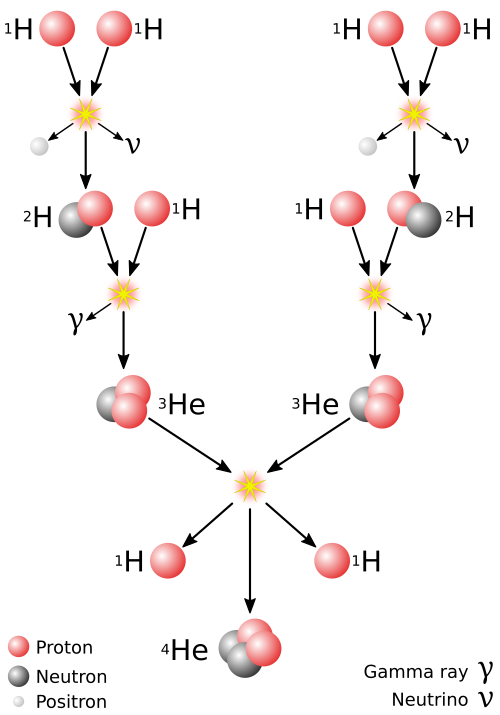David, I have already studied the Wikipedia article on plasma double layers, thank you.
What evidence do you have to support your proposition that plasma double layers were present in the Lugano experiment?
HGB,
You know, me and friends are independand researchers.
The main problem for us or other team is to find enough time for LENR, both money.
Nobody never gave us some gifts to help research.
Today Rossi is criticized for the way he works therefore some teams with no more clear results as Brouillin or Mills made the same, in few words , oversell their "discoveries" to try to touch more easily some guys as Dewey Weaver or others, for example.
This is why i couln't share more about what i know, sorry.
DF





